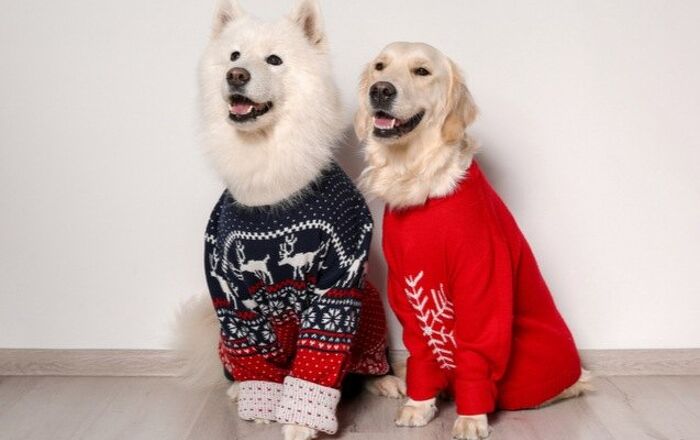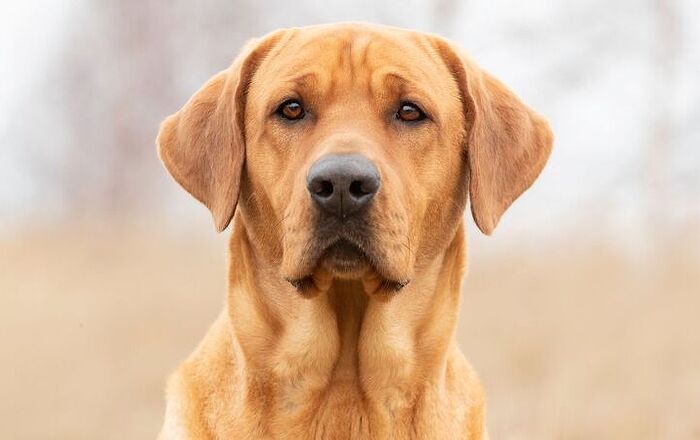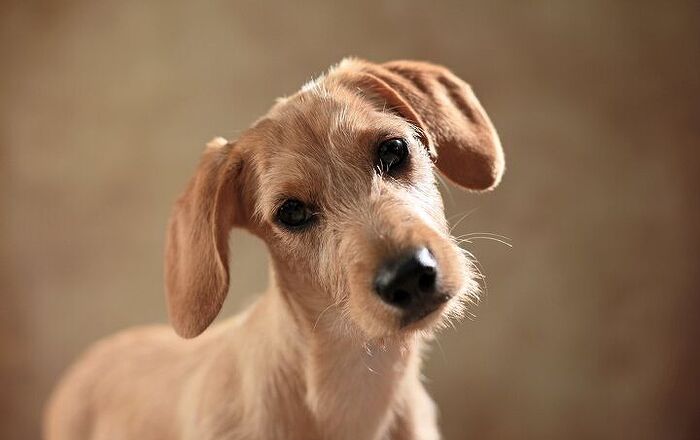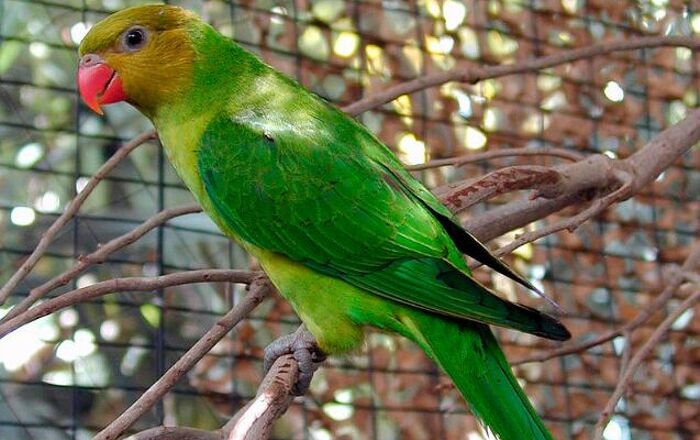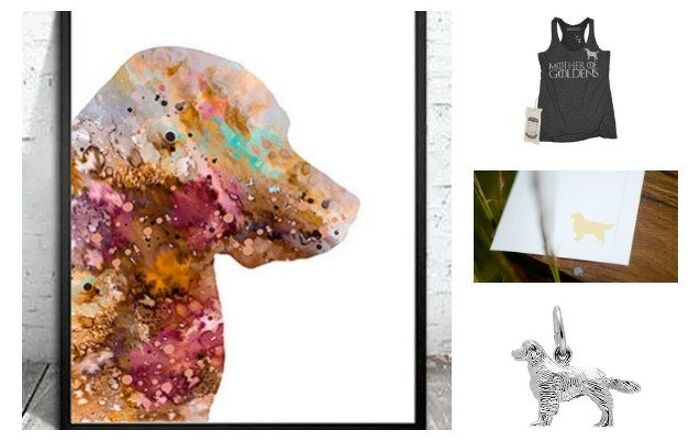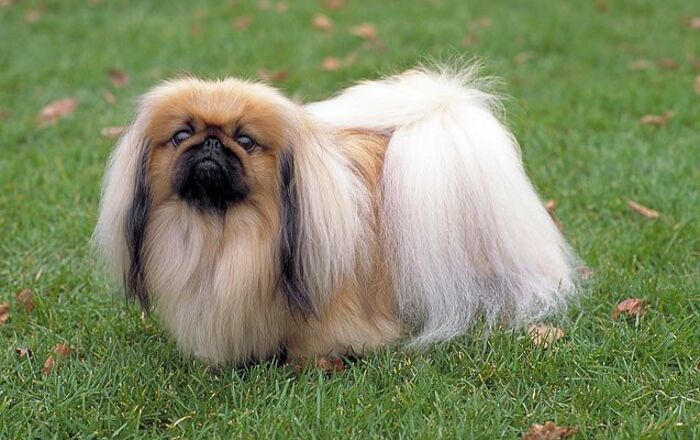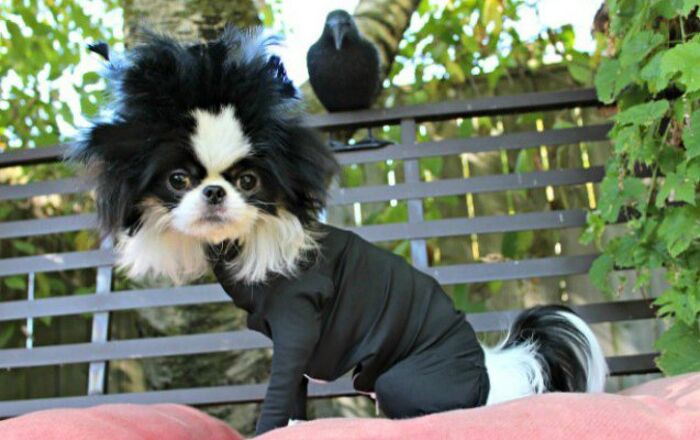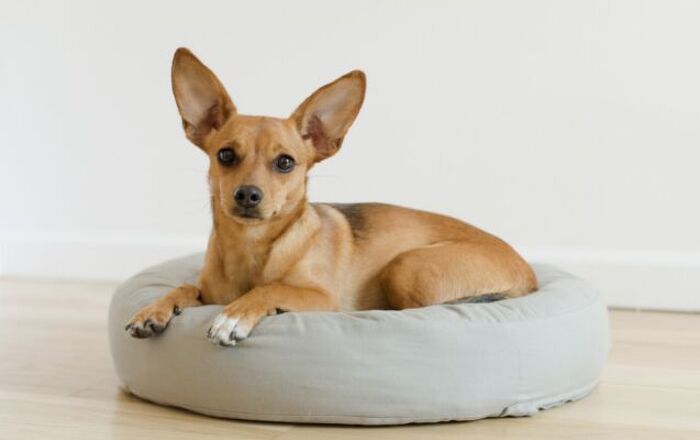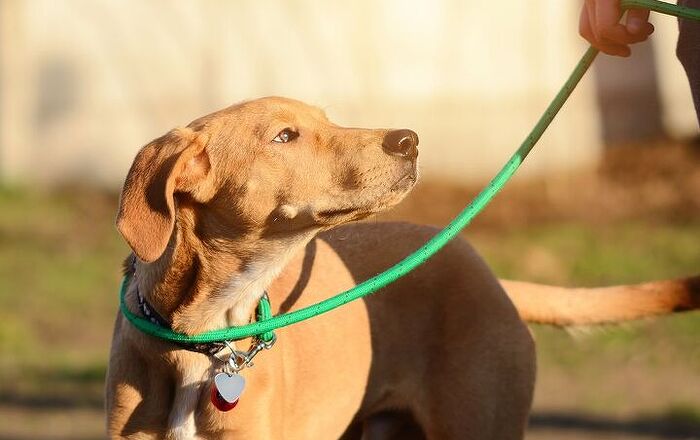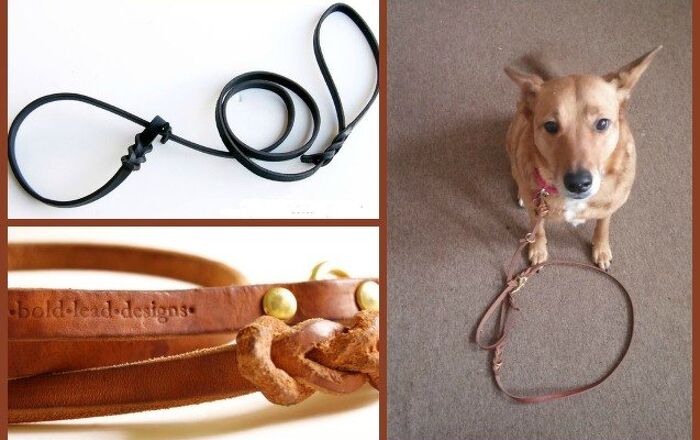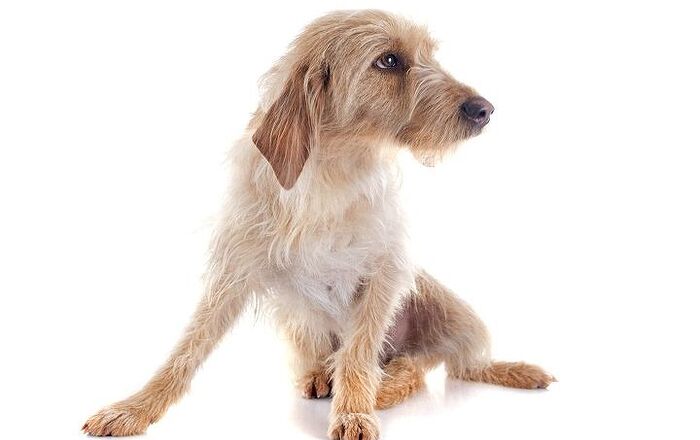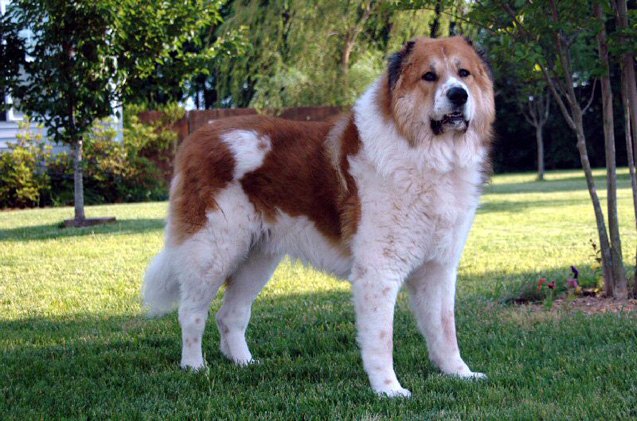
Caucasian Shepherd Dog Basics
If you picture a massive, fluffy dog with a curly tail and dark features, you may be picturing the Caucasian Shepherd Dog. Also known as the Caucasian Ovtcharka, this breed is particularly popular in Russia, Armenia and other countries in the Northern Caucasian area. Caucasian Shepherd Dogs are strong-boned and muscular, often seeming to tower over their owners. This breed is one of the oldest Molosser breeds and it is gaining popularity in the United States. It is currently part of the AKC Foundation Stock Service program, on its way to becoming fully accepted by the AKC.
Caucasian Shepherd Dogs are strong-boned and muscular, often seeming to tower over their owners.
Origin
As suggested by its name, the Caucasian Shepherd Dog comes from the Caucasus Mountains. This breed is descendent from ancient Molosser breeds, used by local herders to protect their flocks from large predators and from thieves. Though used throughout the Caucasian area, this breed is most popular in Russia – in fact, its nickname “Ovtcharka” means “sheepdog” in Russian. Though these dogs are not as frequently used for sheep guarding as they once were, breeding programs still exist in Hungary, Poland and the Czech Republic.
Today, these dogs are known for their massive size and protective capabilities. The Caucasian Shepherd Dog is recognized by the FCI but it is not currently eligible for registration with the AKC. Rather, the breed is part of the Foundation Stock Service which is designed to oversee the development of the breed until it is available in sufficient numbers to become eligible for registration.
Pedigree
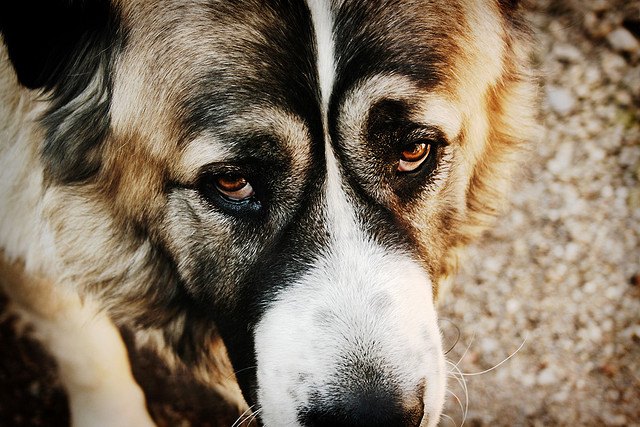
This breed is descendant from large Molasser breeds in the Caucasus Mountains.
Food/Diet
Due to this breed’s size, they require a food formulated for large-breed dogs. If you plan to use your Caucasian Shepherd as a working dog, you might also consider a formula for active dogs.
The Caucasian Shepherd Dog has a tendency to become strong-willed and independent, so firm and consistent training is required from a young age.
Training
The Caucasian Shepherd Dog has a tendency to become strong-willed and independent, so firm and consistent training is required from a young age. These dogs require a strong leader in the household or they may become unmanageable. Socialization is necessary to keep this dog from developing aggressive tendencies around strangers and other dogs. Due to the difficulty in training and socializing this breed, the Caucasian Shepherd Dog is not recommended for inexperienced dog owners.
Weight
The average weight for this breed is between 99 and 154 pounds.
Temperament/Behavior
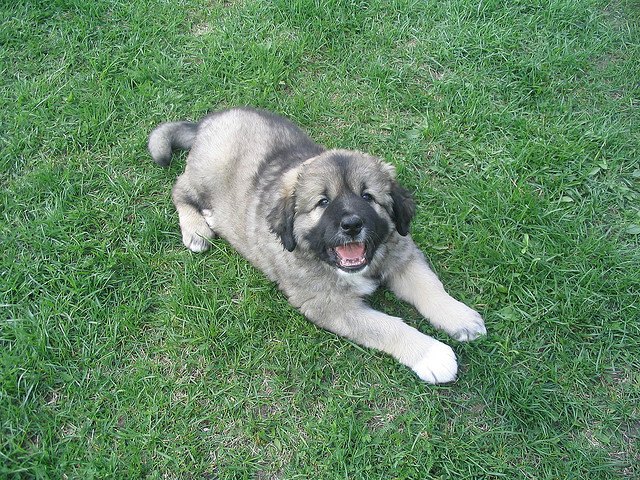
Bred to protect livestock, the Caucasian Shepherd Dog is very protective of its family. If not properly socialized, this breed may aggressively defend its family and property. It is not recommended that this dog be left alone with children largely due to its size and due to the possibility that if play gets rough, the dog may feel the need to protect its family. Caucasian Shepherd dogs are very strong and alert – they will bravely defend their families but they require a firm hand in leadership and training to prevent them from becoming unmanageable.
Common Health Problems
The main thing working against this breed is its massive size. Most bloodlines for this breed carry the gene for rear dysplasia and the size of the breed contributes to its increased risk for musculoskeletal issues. Cancer is also fairly common in this breed along with obesity and heart problems. Responsible breeding practices may help to reduce the incidence of these conditions but, unfortunately, inbreeding is fairly common with this breed which only serves to increase the risk for health problems.
Life Expectancy
The average lifespan for the Caucasian Shepherd Dog is fairly short due to its size and a number of common health problems. This breed tends to live a maximum of 10 to 12 years.
Exercise Requirements
Given that this breed was bred to work and guard livestock, the Caucasian Shepherd Dog requires a good bit of daily exercise. These dogs do best with a large yard to run in and they should be given a long daily walk.
Bred to protect livestock, the Caucasian Shepherd Dog is very protective of its family.
AKC
The Caucasian Shepherd Dog is not currently accepted by the AKC but it has been admitted to the AKC Foundation Stock Service. As part of this program, the development of the breed will be overseen by the AKC and it will eventually become eligible for AKC registration.
Coat
As a mountain dog, the Caucasian Shepherd Dog has a thick double coat with profuse feathering – the coat is designed to keep the dog warm in cold winter weather. The colors for this dog include gray, fawn, tan, pied, brindle and white – the FCI does not allow brown dogs of this breed. Some dogs have longer coats than others and the long-coated breed is more popular for show. Frequent brushing and grooming is required to keep this breed’s coat healthy and to keep shedding under control.
Puppies
Caucasian Shepherd Dogs have very fine coats as puppies. As they grow, these dogs often become protective of their families, so socialization and early training is required to prevent the development of aggressive behavior.
Photo credit: Hohum/Wikimedia; Marek Komorowski/Flickr; altered.ego/Flickr

